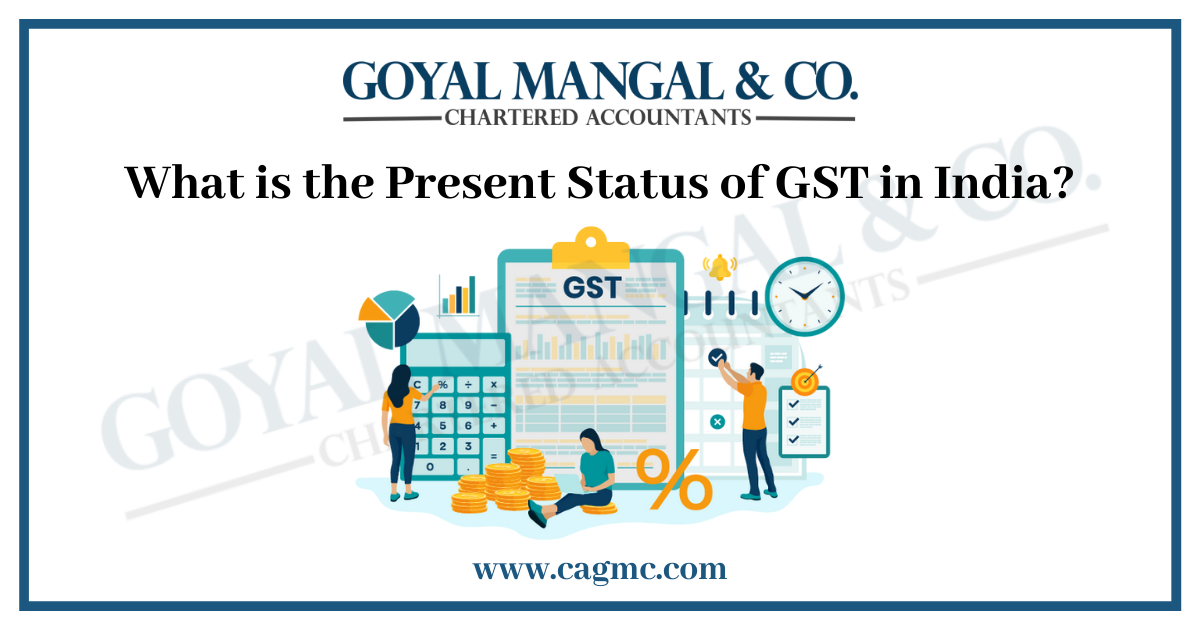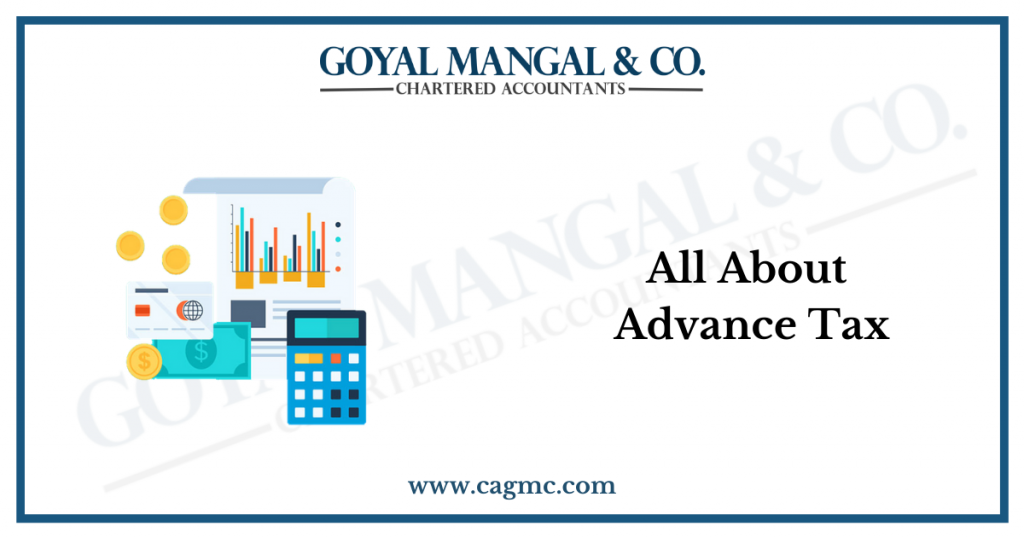
Goods and Service Tax or GST is a major reform of the government in India. It was enforced in 2017 under 101st Constitution Amendment Act, 2016. GST is a comprehensive multi-stage taxation system applied on the sale of the goods and services in India. Before the implementation of the goods and service tax or GST in India, India has central, state and local tax system. Through GST the government has harmonized the indirect taxation and made India an economic union. The Ministry from time to time keeps on amending the taxation laws in India. These changes aim to aid the taxpayers. Therefore one should keep a track on the present status of GST in India.
In this article, you will learn about the GST, key updates for GST and the present status of GST in India.
|
Table of Contents |
What is GST?
GST is an indirect tax which replaces a load of other indirect tax like value added tax, service tax etc. It covers all these forms of the indirect taxes. It is a tax on supply of goods and services in India and it is a generally consumption based. This means it accrues to the state where the goods or services were consumed. It is also a single tax on the entire chain from the manufacturer to the consumer.
GST is also the tax on the supply of the goods or services or both except the taxation on the supply of alcohol for human consumption. Therefore, it can be said that GST is taxation on the manufacture, sale and consumption of all the goods and services. Wherever there is transaction for supply of goods and services, GST comes into picture.
How does GST work?
Firstly we have to look at the manufacturer level, they have to pay the GST on their raw material. Additionally, they have to pay GST on the value for making of the product. Secondly, there is GST on the service provider level. There is GST on the amount payable for the product. Later on the taxation at the manufacturer level can be reduced from the GST that must be paid. Thirdly, the retailer pays GST on the product he gets from the distributer. It is equally important to mention here that the same mode of deduction is applicable. The taxation at the retailer level will be reduced from the GST that needs to be paid. Finally, at the consumer level, the consumer pays the GST on the goods purchased.
Types of GST
There are four types of Goods and services according to the present status of GST in India. Following are a brief description about each of them-
- The Central Goods and Service Tax or CGST as we call it is for intra-state supply of goods and services.
- The State Goods and Services Tax or SGST is for the sale of goods or services in the state.
- The Integrated Goods and Services Tax or IGST is for inter-state transactions.
- Lastly, there is Union Territory Goods and Services Tax or UTGST which deals with the supply of the goods and services mainly in Union Territories in India.
Who can file for GST?
E- commerce aggregators, agents of input service distributors and suppliers and individuals who pay tax according to reverse change mechanism are some examples of people who must file for GST.
How to get registration of GST?
Companies or Individuals who are eligible to file GST must register themselves on the official portal.
Key GST Updates for Companies & Taxpayers in 2021
- In the 45th GST Council meeting which will be held on 17th September 2021, the officials are planning to extend the tax concessions on the coronavirus essentials. Moreover the government also plans to take the matters on GST compensation to States. It also will talk about the correction of the inverted tax structure in India.
- In the 44th Goods and Services Tax (GST) Council meeting in June, 2021 the government has similarly discussed the reduction and decision on new exemption for COVID essentials and the treatment for Black Fungus.
- On May 18th, 2021 vide Circular No. 148/04/2021-GST, the government formulated guidelines for the implantation for extension of time limit to apply for the revocation of cancellation of registration under Section 30 of the CGST Act and Rule 23 of the CGST Rules.
- There is extension of time limit for availing the GST Amnesty Scheme up to November 30th, 2021. Because of COVID-19 there was exemption of late fees on the import of COVID treatment.
- According to Circular No. 158/14/2021-GST, under section 168A of the Act, the taxpayer can extend the timeline for application for revocation of cancellation of registration to September 30th, 2021 where the due date was March 1st, 2020 to August 31st, 2021. This extension is only applicable in case there is cancellation of registration under section 29(2) clause b and c.
- If the aggregate turnover of a person in 2020-2021 is up to Rs. 2 Crores they have an exemption from filing Form GSTR-9 or annual return for the financial year 2020-2021. The government omitted section 35(5) and amended section 44. After the amendment there can be submission of the reconciliation statement on self-certification basis. Moreover, it is not compulsory for the taxpayers having an aggregate turnover up to Rs. 5 Crores to file GSTR-9C.
Present Status of GST in India
The present status of GST in India is in a lot of dilemma. India had an extensive lockdown due to COVID-19 in 2020. Because of this many businesses struggled. In 2019, there was economic slowdown and the main emphasis of the 2020 Budget was on automation and digitization. The government also proposed easier GST compliance. There were plans to roll out e-voicing and a better return system in 2020. These reforms were a move towards digital India. But they are halted due to the pandemic.
After the implementation of GST, the authorities aim at regulating unorganized sectors. With GST there was shift in the tax payment system. The Indian taxation system now boosts about digital payments and easy access. Although this is a massive change, GST is still at its nascent stage and there is a long road ahead.
GST was introduced to tackle the problems of the complex taxing system and multiple procedures. But the authorities are unable to eliminate the same problem of complex taxation in GST. Still there are multiple tax rates and procedures along with compliances which does not cater in smoothening the business process. The government should aim to smoothen the procedural difficulties to cater the growth of small businesses.
At present, the current challenge is revival of the economy after the pandemic and lockdown. While the authorities have proposed many relief packages, but there is slow economic growth.
Conclusion
After the implementation of GST in India, our country has seen a historic economic reform. GST will increase export and manufacture which will in turn generate employment and increase GDP. GST benefits the small entrepreneurs and also benefits multiple sectors. Most importantly, it prevents the cascading of taxes. GST doesn’t have a weak point from the taxpayer point of view. But still there are various issue with GST. The Government aims at simplifying GST and overcome the technical difficulties.


